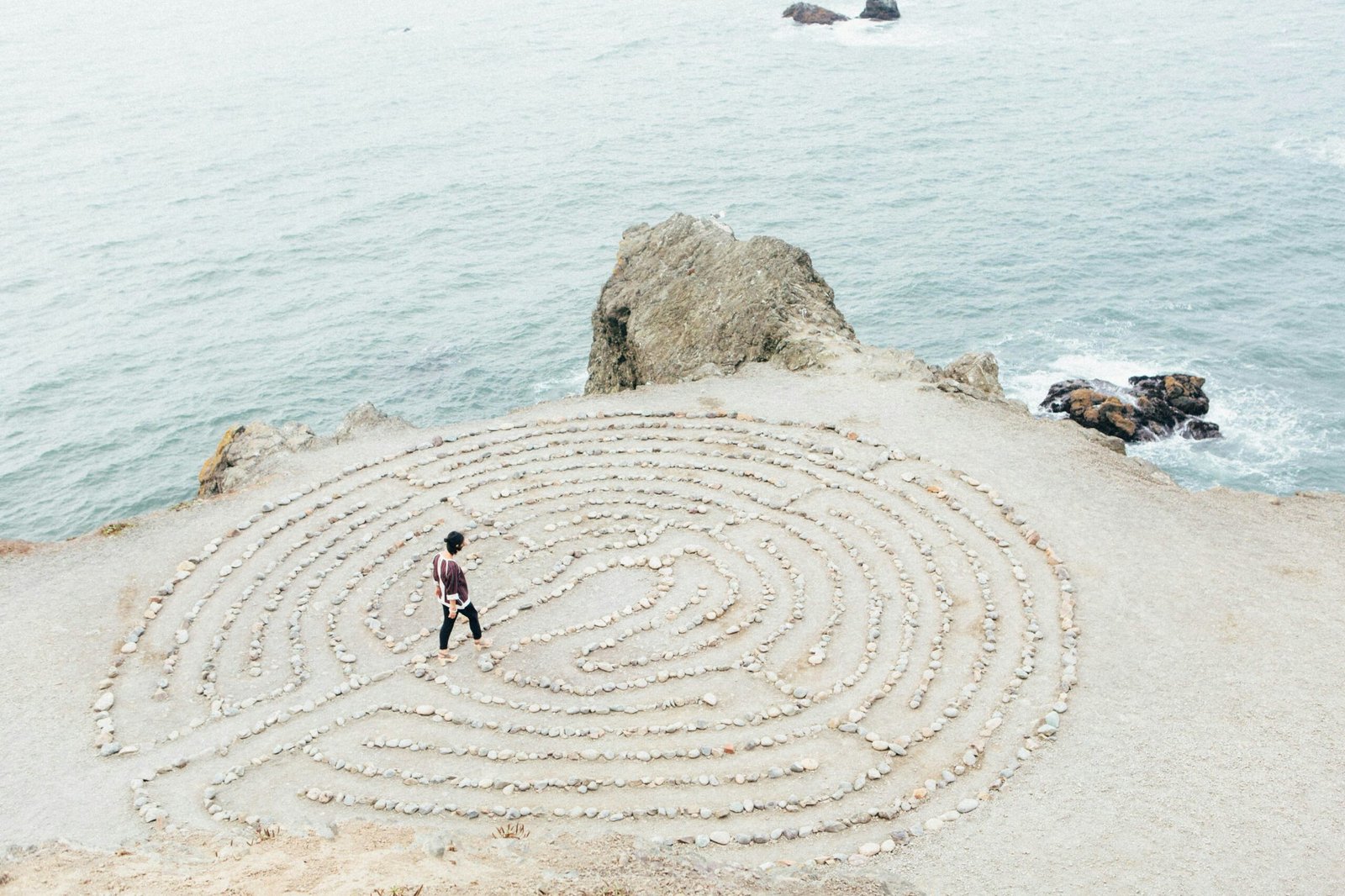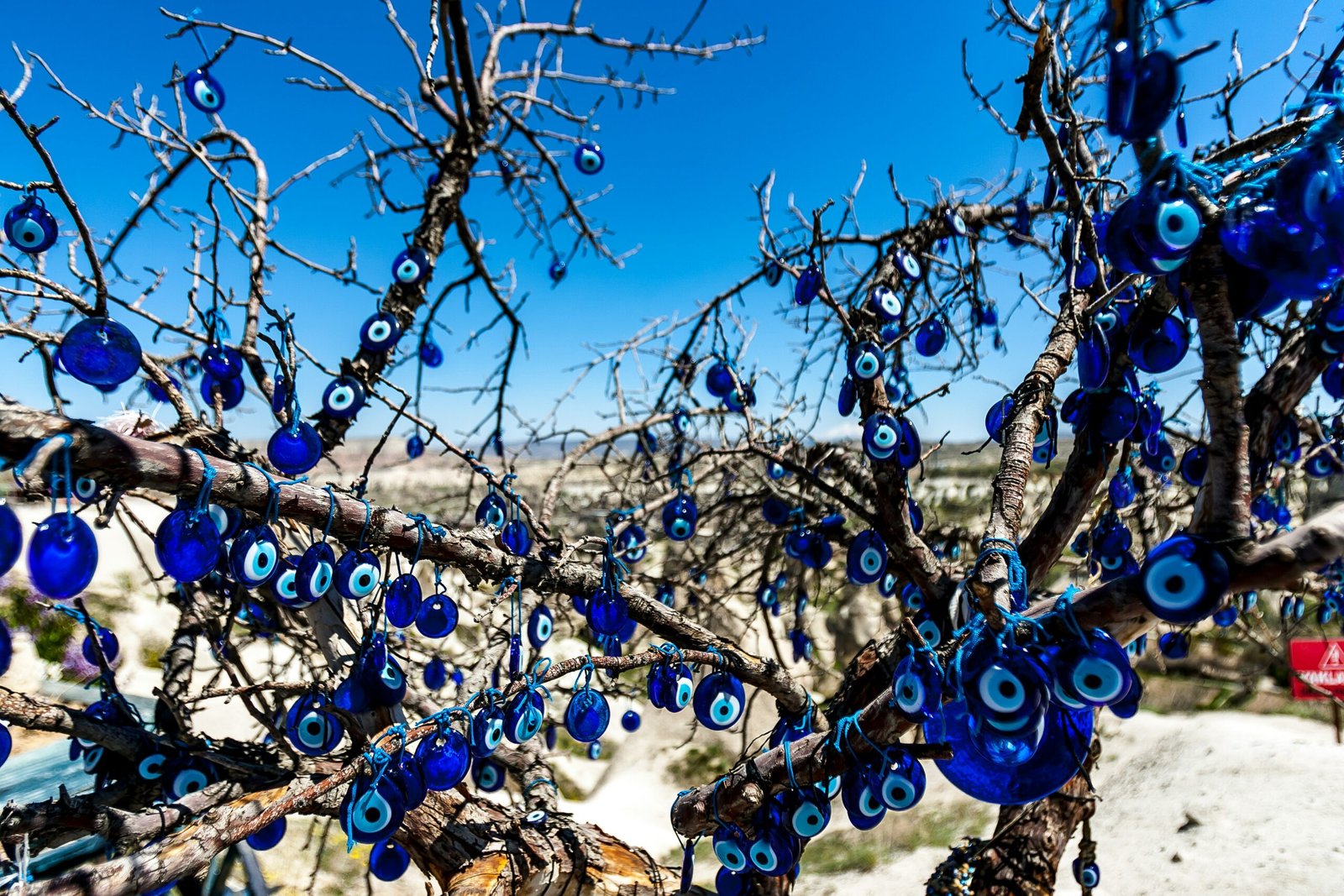The Fascinating History of Tarot
For centuries, people have been captivated by the mystical and enigmatic world of tarot. The origins of tarot can be traced back to the 15th century, when it first appeared in Europe. However, the true history of tarot is shrouded in mystery and speculation, much like the cards themselves.
The Origins of Tarot
One popular theory suggests that tarot originated in ancient Egypt, where the cards were used as a tool for divination and spiritual guidance. According to this theory, the symbols and imagery on the cards were influenced by Egyptian mythology and spirituality.
Another theory suggests that tarot was brought to Europe by the Romani people, also known as gypsies. The Romani were known for their mystical practices, and it is believed that they introduced tarot to the European continent.
Regardless of its origins, tarot quickly gained popularity in Europe, particularly in Italy and France. The earliest known tarot deck, known as the Visconti-Sforza deck, was created in the 15th century and featured intricate hand-painted cards.
The Meaning Behind the Cards
Each tarot deck consists of 78 cards, divided into two main categories: the Major Arcana and the Minor Arcana. The Major Arcana consists of 22 cards, each representing a significant life event or archetype. These cards include the Fool, the Magician, the High Priestess, and the World, among others.
The Minor Arcana consists of 56 cards, divided into four suits: Wands, Cups, Swords, and Pentacles. Each suit represents a different aspect of life, such as creativity, emotions, intellect, and material possessions. The Minor Arcana cards are similar to playing cards, with numbered cards from Ace to Ten, and four court cards: Page, Knight, Queen, and King.
When interpreting the cards, tarot readers consider the symbolism, imagery, and numerology associated with each card. The cards are laid out in various spreads, such as the Celtic Cross or the Three-Card Spread, and their positions and relationships to each other provide insight into the querent’s past, present, and future.
The Modern Interpretations
Over the years, tarot has evolved and adapted to different cultures and belief systems. Today, there are countless variations of tarot decks, each with its own unique artwork and interpretations.
Many modern tarot decks draw inspiration from diverse spiritual traditions, such as Wicca, astrology, and Buddhism. These decks often incorporate new symbols and imagery to reflect the changing times and the evolving needs of tarot practitioners.
Despite its mystical reputation, tarot is not just a tool for fortune-telling. It can also be used as a tool for self-reflection, personal growth, and spiritual development. Tarot readings can provide guidance, clarity, and a fresh perspective on life’s challenges and opportunities.
In Conclusion
Tarot is a fascinating and complex system that has captured the imagination of people around the world. Its rich history and deep symbolism make it a powerful tool for exploration and self-discovery.
Whether you’re a believer in the mystical or a skeptic, there’s no denying the allure of tarot. So why not shuffle the cards, lay them out, and see what the universe has in store for you?






Leave a Reply